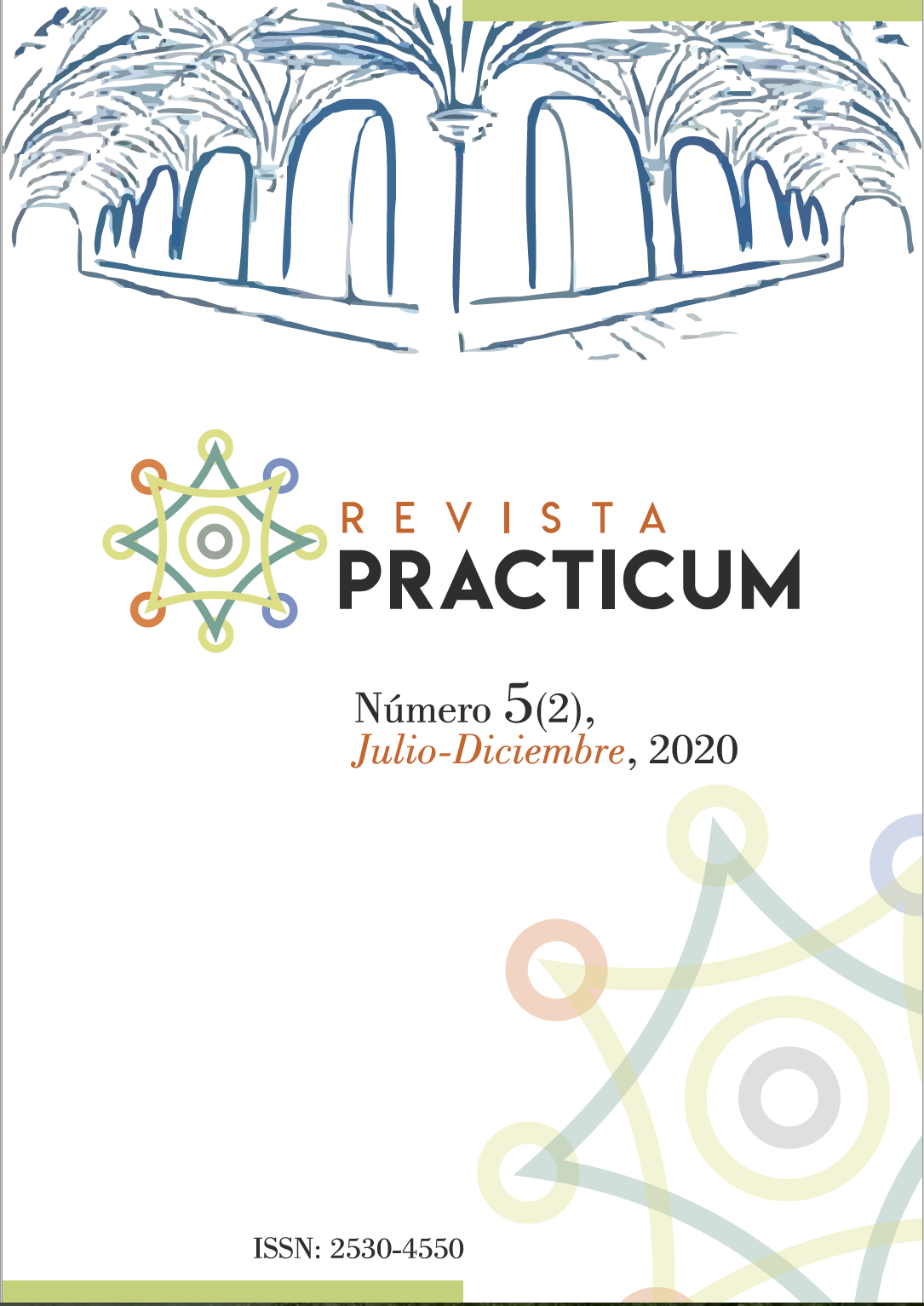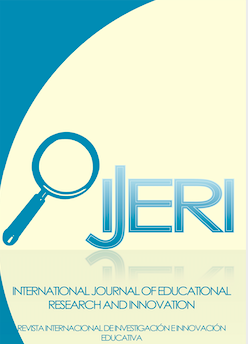The Polya method and Gamification as strategies in problem solving
DOI:
https://doi.org/10.24310/RevPracticumrep.v5i2.10227Keywords:
Problem solving, Polya’s Method, Gamification, Methodological Renewal, Digital ResourcesAbstract
Studies show that portuguese students have difficulties in problema solving. The aim of this study, developed with 4th grade students, was promote better problem solving with the division operation. Three specific objectives were designed: analyze the influence of Polya’s method on problem solving; understand the gamification approach in student motivation and involvement; understand the effect of digital technological resources on the learning process. Data collection instruments were used, following action research methodology and mixed approach: participant observation, project diary, application of a test before (pretest) and after (posttest) of the training situations. The application of Polya’s method helped to better understand and organize the problem, promoting autonomy in solving it; gamification has stimulated students’ enthusiasm and desire to achieve their goals; digital resources, such as avatars, facilitated curriculum articulation and collaboration capabilities.
Downloads
Metrics
References
Bogdan, R. & Biklen, S. (1994). Investigação Qualitativa em Educação. Porto: Porto Editora
Carmo, H. & Ferreira, M. (2008). Metodologia da Investigação – Guia para Auto-aprendizagem. Lisboa: Universidade Aberta.
Casaril, M. (2016). Programa Internacional de Avaliação de Estudantes (PISA): a concepção de letramento e o estado da arte no Brasil. Trama, 12(27), 84-109.
Deterding, S., Sicart, M., Nacke, L., O'Hara, K., & Dixon, D. (2011). Gamification. using game-design elements in non-gaming contexts. In CHI'11 extended abstracts on human factors in computing systems, 2425-2428. Vancouveger, Canadá. ACM 978-1-4503-0268-5/ 11/ 05.
Fardo, M. L. (2013). A gamificação aplicada em ambientes de aprendizagem. RENOTE, 11(1).
Kapp, K. M. (2012). The gamification of learning and instruction: game-based methods and strategies for training and education. Conjectura: Filos. Educ., Caxias do Sol 18 (1), 201-206.
Krulik, S., & Reys, R. (Eds.). (1980). Problem solving in school mathematics. Reston: NCTM.
Latorre, A. (2003). La investigación-acción: Conocer y cambiar la práctica educativa (3ªed). Barcelona: Graó.
Latorre, A. (2005). La investigación-acción: Conocer y cambiar la práctica educativa (3ªed). Barcelona: Graó.
Martinho, H. (2011). A comunicação na sala de aula de matemática: um projecto colaborativo com três professoras do ensino básico. Braga: Centro de Investigação em Educação. Instituto de Educação e Psicologia da Universidade do Minho.
Mascarenhas, D., Maia, J., & Martínez, T. S. (2017). Geometria e Grandezas no 5º ano: Dificuldades e Estratégias – Um Estudo em duas escolas do distrito do Porto. Berlin: Novas Edições Académicas. ISBN: 978-620-2-40050-3.
Meirinhos, M. & Osório, A. (2010). O estudo de caso como estratégia de investigação em educação. EDUSER: revista de educação, 2 (2), 49-65.
Polya, G. (1977). A arte de resolver problemas. Rio de Janeiro: Editora Interciência.
Pólya, G. (1980). On solving mathematical problems in high school. In S. Krulik & R. Reys (Eds.), Problem solving in school mathematics (pp. 1-2), Reston: NCTM.
Polya, G. (2003). Como resolver problemas. Lisboa: Gradiva.
Ponte, J. P. (2005). Gestão curricular em Matemática. In GTI (Ed.), O professor e o desenvolvimento curricular (pp. 11-34). Lisboa: APM.
Richter, G., Raban, D. R., & Rafaeli, S. (2015). Studying gamification: the effect of rewards and incentives on motivation. In Gamification in education and business (pp. 21-46). Springer, Cham.
Windham, D. M. (1990). Declaração Mundial sobre Educação para Todos: Satisfação das Necessidades Básicas de Aprendizagem. Jomtien: UNESCO. ISBN: 92-3-102769-7(eng/ara), 92-3-202769-0 (fre), 92-3-302769-4 (spa).
https://unesdoc.unesco.org/search/N-EXPLORE-a882e630-f046-4e40-bcae c614df59801d
Vale I. & Pimentel, T. (2004). Resolução de problemas. In P. Palhares (coord.). Elementos da matemática para professores do ensino básico. Lisboa: Lidel.
Vassileva, J. (2012). Motivating participation in social computing applications: a user modeling perspective. User Modeling and User-Adapted Interaction, 22(1-2), 177-201.
Zichermann, G., & Cunningham, C. (2011). Gamification by design: Implementing game mechanics in web and mobile apps. O'Reilly Media, Inc. ISBN:1449397670 9781449397678.
https://dl.acm.org/citation.cfm?id=2073550
Zichermann, G., & Linder, J. (2010). Game-based marketing: inspire customer loyalty through rewards, challenges, and contests. ISBN: 978-0-470-56223-9. https://cutt.ly/DfLkXcG
Downloads
Published
How to Cite
Issue
Section
License
Acceptance of the work implies that the author grants Revista Prácticum the exclusive rights to reproduce, distribute and sell his or her work worldwide, both in digital and paper formats, CD-ROM, etc.
Likewise, the authors shall grant Revista Prácticum the rights of dissemination, public communication on the Internet and IT networks, data buses, as well as any other portals or electronic devices for online consultation of its contents and extracts, under the conditions of the portal, repositories or databases where the work is stored.
Revista Prácticum allows authors to publish and disseminate their articles and works on their personal websites, research teams, institutional repositories and scientific databases. All this in accordance with the Creative Commons 4.0 License









8.png)








